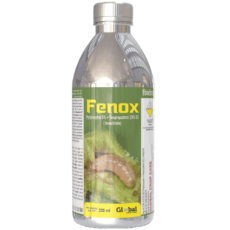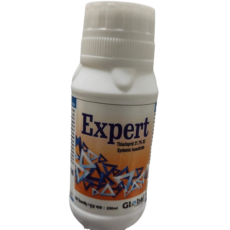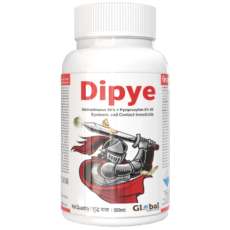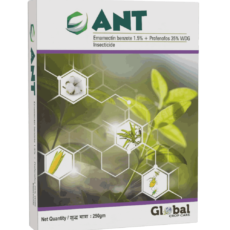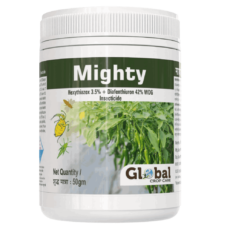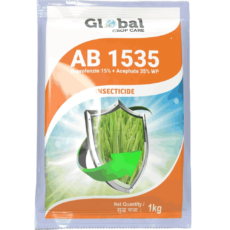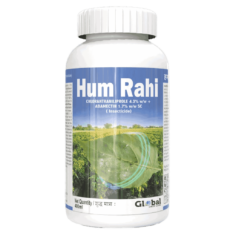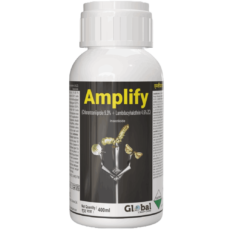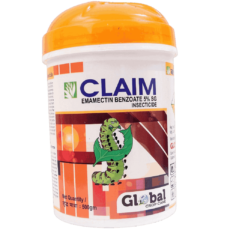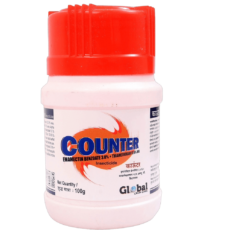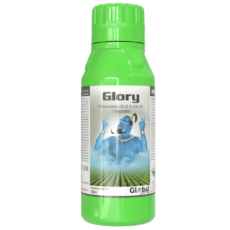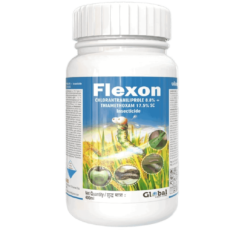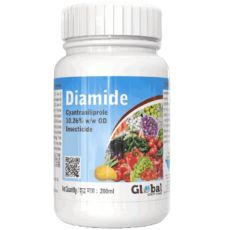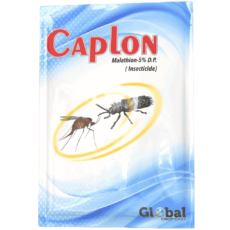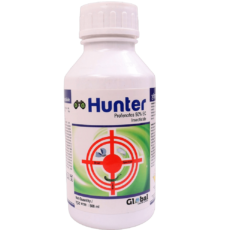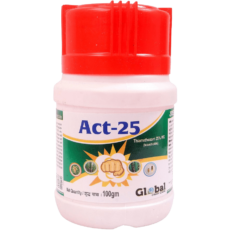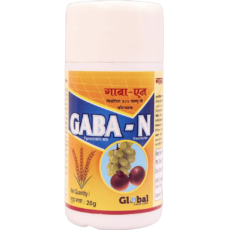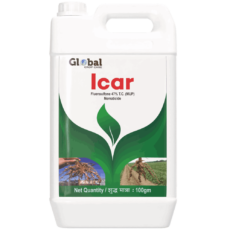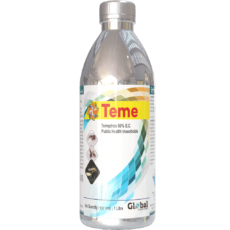Description
| Crop(s) | Common Name of Pest | Dosage/HA | Dilution in Water (lts) | |
| AI (gms) | Formulation (gms) | |||
| Apple | Stem Borer | 0.03% | 1485-1980 | 1500-2000 |
| Apricot | Aphid | 0.03% | 1485-1980 | 1500-2000 |
| Banana | Lace wing bug | 0.03% | 1485-1980 | 1500-2000 |
| Banana | Aphid | 0.03% | 1485-1980 | 1500-2000 |
| Bhindi | Leaf Hopper | 600 | 1980 | 500-1000 |
| Bhindi | Aphid | 700 | 2310 | 500-1000 |
| Brinjal | Shoot Borer | 200 | 660 | 500-1000 |
| Brinjal | Jassid | 600 | 1980 | 500-1000 |
| Cabbage & Cauliflower | Mustard Aphid | 200 | 660 | 500-1000 |
| Cabbage & Cauliflower | ||||
| Cabbage & Cauliflower | Aphid, Painted bug | 200 | 660 | 500-1000 |
| Castor | Jassids, Mites, Semi looper | 250, 350 | 825, 1155 | 500-1000 |
| Chillies | Mite | 300 | 990 | 500-1000 |
| Chillies | Thrips | 200 | 660 | 500-1000 |
| Citrus | Blank citrus, aphid | 0.03% | 1485-1980 | 1500-2000 |
| Fig | Fig jassid | 0.03% | 1485-1980 | 1500-2000 |
| Maiz | Steam borer, shoot fly | 200 | 660 | 500-1000 |
| Maiz | Steam borer, shoot fly | 200, 350 | 660, 1155 | 500-1000 |
| Mango | Hopper | 0.05% | 2475-3300 | 1500-2000 |
| Mango | Mealy bug | 0.05% | 2475-3300 | 1500-2000 |
| Mustard | Leaf minor, Aphid, Sawfly | 200 | 660 | 500-1000 |
| Onion | Thrips | 200 | 660 | 500-1000 |
| Potato | Aphids | 200 | 660 | 500-1000 |
| Rose | Scale | 750 | 2475 | 500-1000 |
| Rose | Thrips | 400 | 1320 | 500-1000 |
| Sorghum | Midge | 500 | 1650 | 500-1000 |
| Sunflower | Aphids | 200 | 660 | 500-1000 |
| Tomato | White Fly | 300 | 990 | 500-1000 |
Dimethoate 30% E.C
(Insecticide)
Fiper (Dimethoate 30% E.C) is systemic action emulsifiable concentrate formulation based on dimethoate technical, It is a broad spectrum insecticide. *Caution : Toxic to aquatic organisms hence should not be used near water bodies, aquaculture or pisciculture. It is toxic to honeybees, spray application should be avoided during foraging period of bees. Product is highly toxic to birds hence avoid use near bird habitat. Its use on vegitables which are eaten raw and apple should not allowed.
Direction of Use
P.P. Equipment:-Knapsack sprayer, foot sprayer, compression knapsack sprayer, compression knapsack battery sprayer and ASPEE-HTP power sprayer
Time of Application
–
Precaution
1. Keep away from foodstuffs, empty foodstuff containers and animals food. 2.. Avoid contact with mouth, eyes and skin. 3.. Avoid inhalation the spray mist. Spray in the direction of wind. 4 . Wash thoroughly the contaminated clothes and parts of the body after spraying. 5. Do not smoke, drink, eat and chew anything while spraying. 6. Wear full protective clothing while mixing and spraying.
Symptoms Of Poisoning
Headache, giddiness, vertigo,nausea, vomiting, blurred vision, diarrhoea, convulsions, sweating, excessive lacrimation, and salivation may occur.
First Aid
1. If swallowed, induce vomiting by tickling the back of throat. Repeat it until the vomitus is clear. Do not induce vomiting if the patient is unconscious. 2. If clothing and skin are contaminated, remove the cloth and wash the contaminated skin with copious amount of soap and water. 3. If eyes are contaiminated, flush with plenty of saline/clean water for about 10 to 15 minutes. 4. If inhaled, remove the patient to fresh air.
Phytotoxicity
The product is not phytotoxic when used as per field recommendation.
Antidote
1. Atropinize the patient immediately and maintain full atropinization by repeated doses of 2 to 4 mg. of atropine sulphate intravenously at 5 to 10 minutes interval. As much as 25 to 50 mg. of atropine may be required in a day. The need for further atropine administration is guided by the continuance of symptoms. Extent of salivation is a useful criterion for dose adjustment. 2. Dissolve 1-2 gm of 2 PAM in 10 ml distilled water and inject intravenously very slowly for 10-15 minutes.


